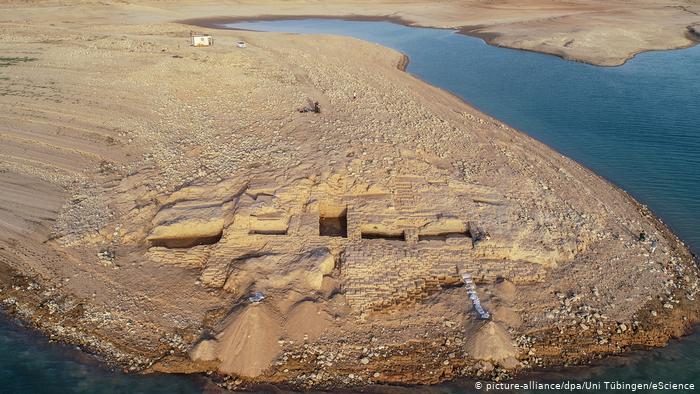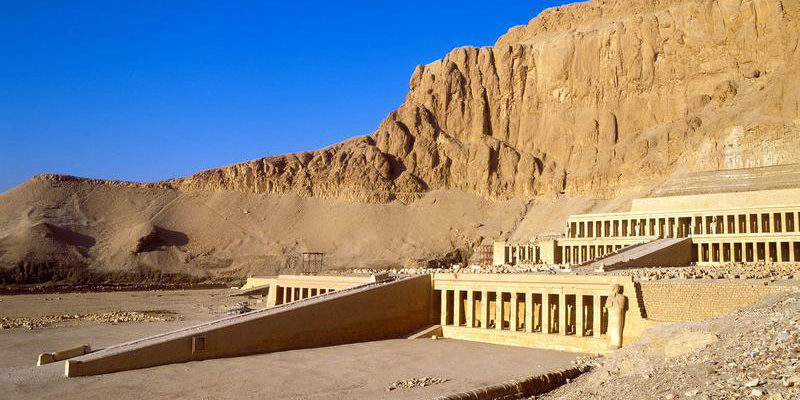
A team of German and Kurdish archaeologists have discovered a 3,400-year-old palace that belonged to the mysterious Mittani Empire, the University of Tübingen announced on Thursday.
The discovery was only made possible by a drought that significantly reduced water levels in the Mosul Dam reservoir.
“The find is one of the most important archaeological discoveries in the region in recent decades and illustrates the success of the Kurdish-German cooperation,” said Hasan Ahmed Qasim, a Kurdish archaeologist of the Duhok Directorate of Antiquites who worked on the site.
Read more: Ancient Egypt holds priceless treasures yet to be discovered
Shrouded in mystery
Last year, the team of archaeologists launched an emergency rescue evacuation of the ruins when receding waters revealed them on the ancient banks of the Tigris. The ruins are part of only a handful discovered from the Mittani Empire.
“The Mittani Empire is one of the least researched empires of the Ancient Near East,” said archaeologist Ivana Puljiz of the University of Tübingen. “Even the capital of the Mittani Empire has not been identified.”
Read more: Germany: 1,000-year-old sarcophagus opened in Mainz
‘Archaeological sensation’
The team had little time to spare as water levels continued to rise, eventually submerging the ruins again. At least 10 cuneiforms clay tablets were discovered inside the palace.
“We also found remains of wall paints in bright shades of red and blue,” Puljiz said. “In the second millennium BCE, murals were probably a typical feature of palaces in the Ancient Near East, but we rarely find them preserved. Discovering wall paintings in Kemune is an archaeological sensation.”
A team of researchers in Germany will now try to interpret the cuneiform tablets. They hope that the clay tablets will reveal more about the Mittani Empire, which once dominated life in parts of Syria and northern Mesopotamia.
Read more: A crown or a bucket? When archaeologists make mistakes




